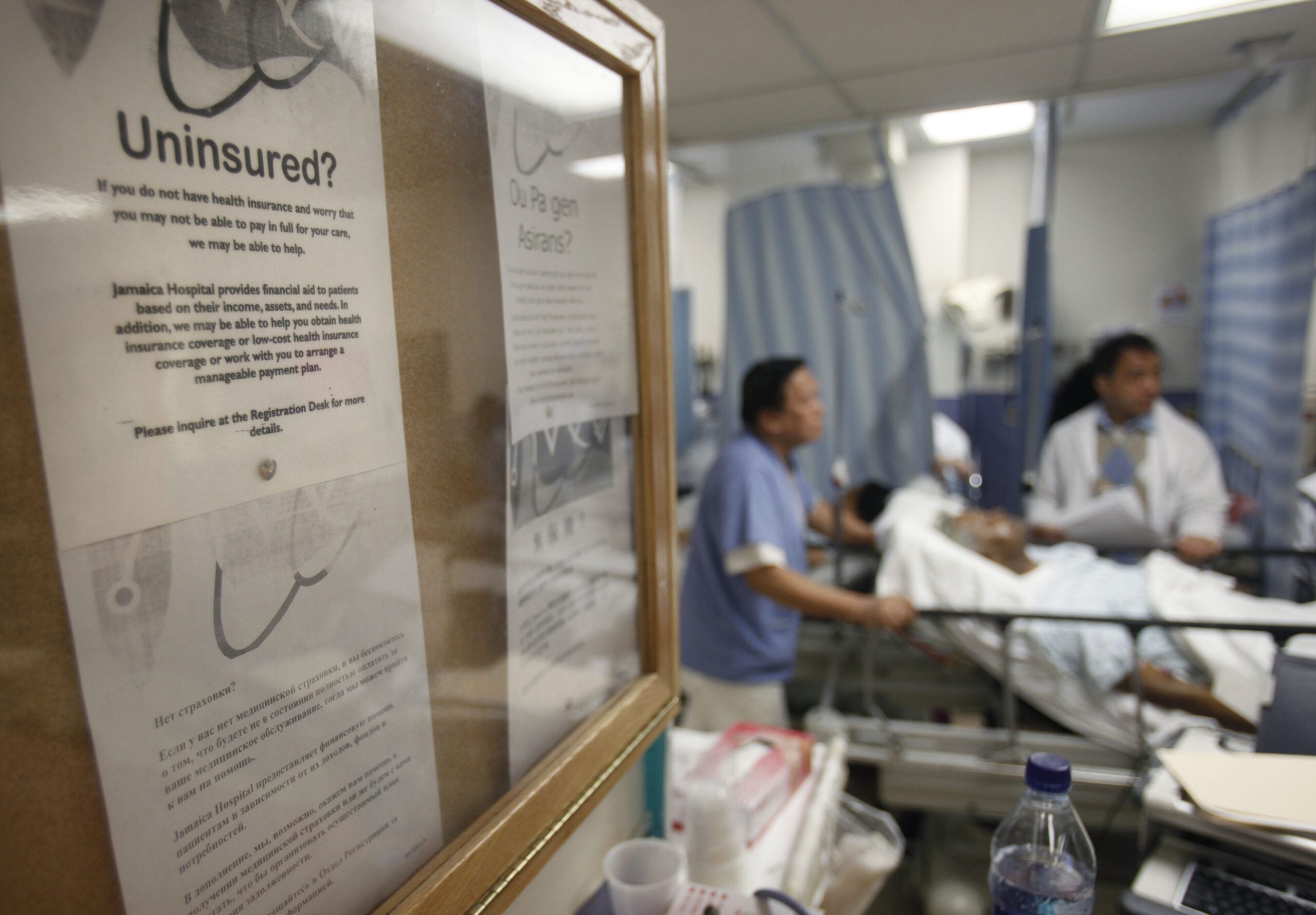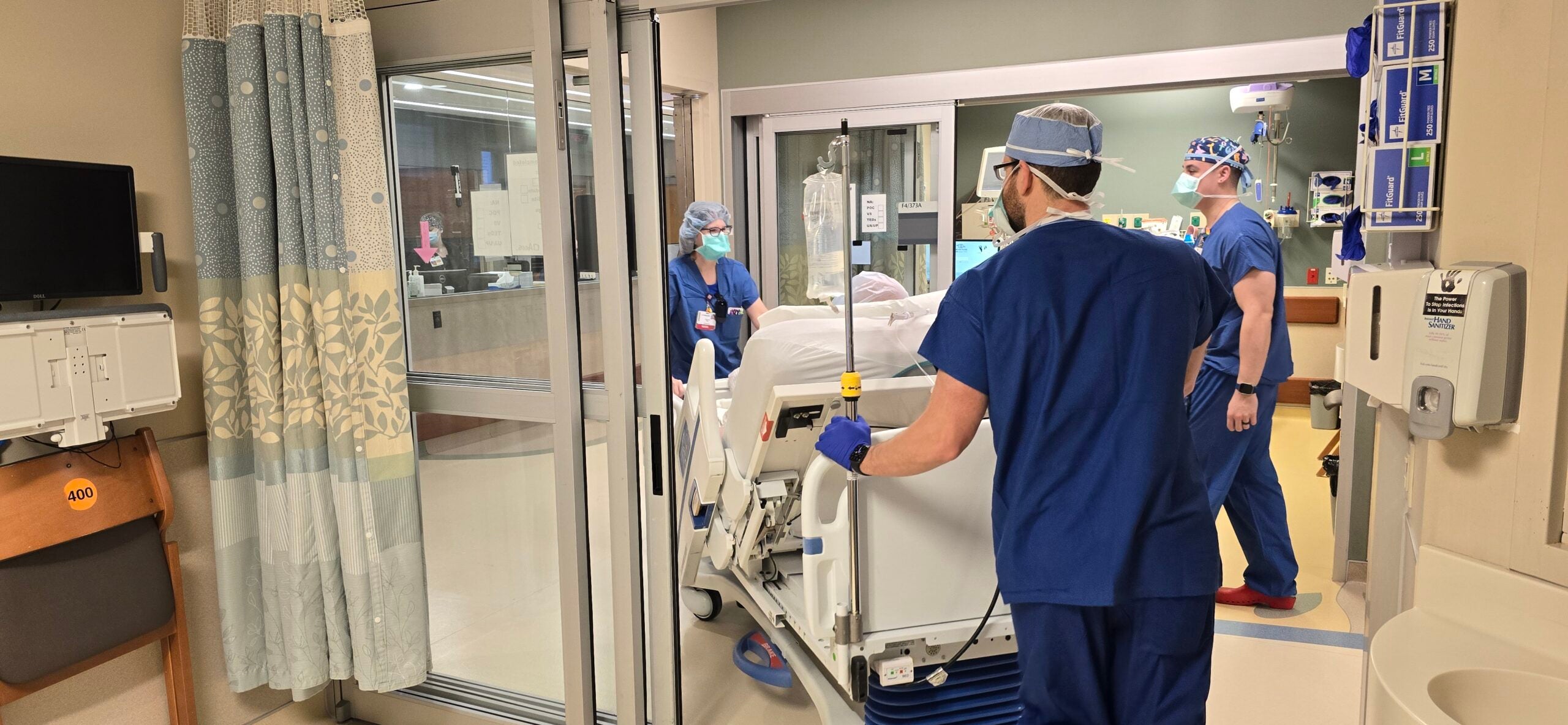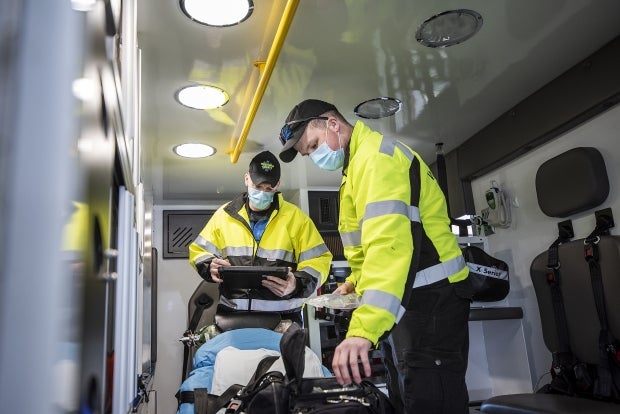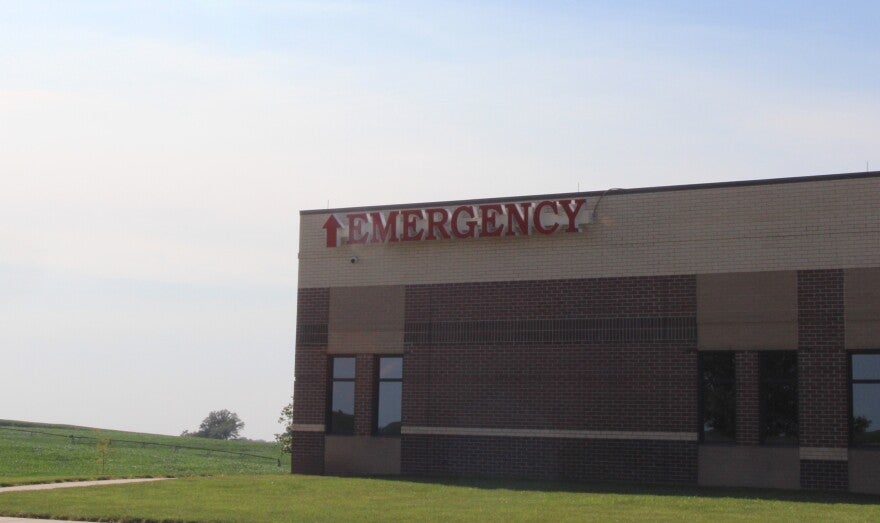Wisconsin hospitals are facing financial challenges as inflation drives up costs, COVID relief funding dries up and increases in Medicare and Medicaid reimbursement are falling short, according to an industry report.
While hospitals as a whole across the state did not lose money in 2022, net revenue across the industry was lower than the previous year, according to an annual report by the Wisconsin Hospital Association.
Sixty hospitals lost money in 2022, compared to 21 the previous year, as costs rose faster than revenue.
News with a little more humanity
WPR’s “Wisconsin Today” newsletter keeps you connected to the state you love without feeling overwhelmed. No paywall. No agenda. No corporate filter.
Brian Potter, senior vice president of finance at the WHA, said the situation isn’t a big cause for concern unless this downward trend continues. He said the industry is trying to find ways to control costs while working toward long-term solutions.
“Being good stewards of those resources buys them some time to figure some of this stuff out,” Potter said.
Supplies and services are a hospital’s biggest expense, and those costs are rising. According to the report, those expenses have climbed 26.7 percent since 2019.
Salary and fringe benefits are hospitals’ second-highest expense, making up 42 percent of their costs. Since 2019, total wage and benefit expenses have risen by 13.51 percent, according to the WHA. A workforce burned out by the demands of the pandemic means healthcare workers who stuck it out are seeing pay raises.
During the pandemic, the healthcare industry was boosted by federal aid including the Coronavirus Aid, Relief, and Economic Security Act. The COVID-19 national emergency ended and so did some programs. The second and final round of COVID-19 relief funds were distributed to Wisconsin municipalities last year.
Tim Size, executive director of Rural Wisconsin Health Cooperative, said the federal funds helped hospitals make it through COVID, but financial challenges beyond the pandemic are continuing.
“We’re by no means out of the tough time,” Size said.
Potter said the industry is working to maintain quality of care despite rising costs.
“The level of care can’t go down because of some of these dynamics,” Potter said.
Wisconsin ranked among the nation’s top four states for its quality of care. A majority of Wisconsin hospitals evaluated scored at the five-star or four-state level, which was a 15 percent improvement from 2022.
Medicare and Medicaid payments make up more than half of hospitals’ income. But the industry has long complained that reimbursement rates fall short.
“However efficient we can be, those costs are going up because our state’s becoming older,” Size said.
Wisconsin’s 2023-2025 biennial budget increased Medicaid reimbursement for hospitals to bring it closer to the actual cost of care.
Potter said strategies to lower operating costs could include using staffing agencies and traveling nurses, training people from within, sharing resources between hospitals and streamlining processes like telehealth.
“Those things are going to evolve over time out of necessity, but it’s kind of a multiple-prong strategy to get us through this challenge that we’re at right now,” Potter said.
Size said more investments need to be made upstream to help hospitals work within their means. He said improving housing, childcare and public health is necessary.
“When people are feeling besieged in their institution, the instincts are to kind of go inward. And what we really need to do is the opposite – work in partnership with others outward,” Size said.
Wisconsin Public Radio, © Copyright 2026, Board of Regents of the University of Wisconsin System and Wisconsin Educational Communications Board.





